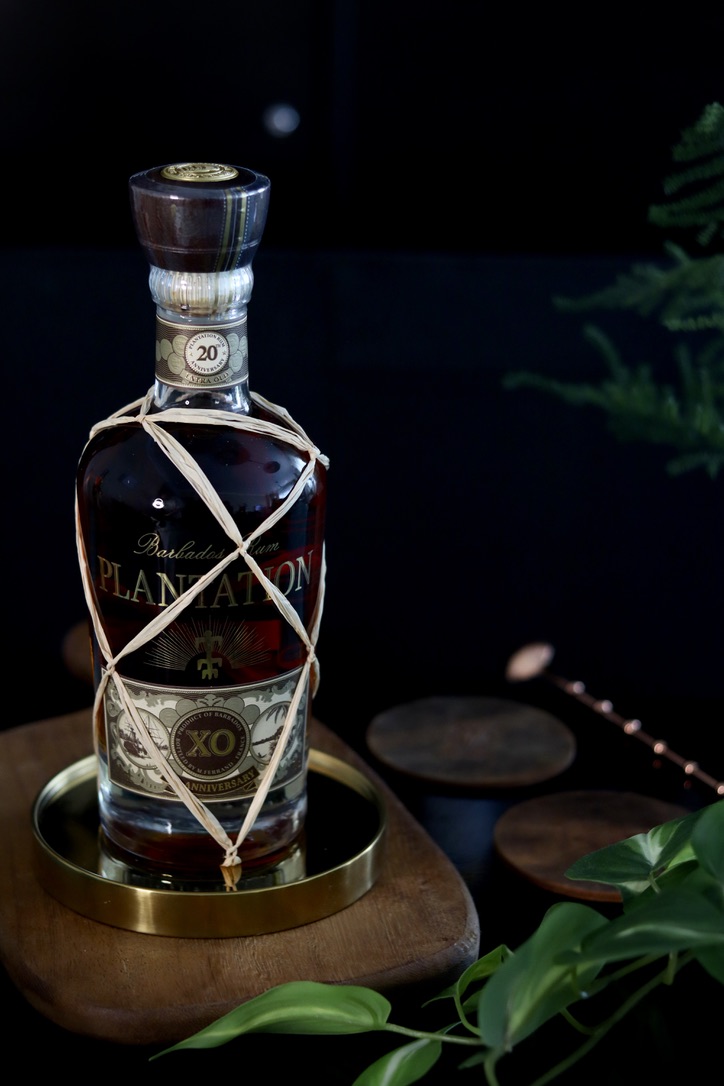Produced in honor of Alexander Gabriel’s 20th anniversary as the master blender, this rum is crafted by blending extra old Barbados rums. Initially matured in bourbon casks in Barbados, then transported to France for a second maturation phase in cognac casks.
The term “dosage” used in Plantation rums is explained below. In this rum, the dosage is a bit on the higher side (20g/L on their website – some sources mention 24g/L), which has led to some strong critiques.
- Alcohol by Volume: 40%
- Origin: Barbados
- Raw Material: Molasses
- Fermentation: Barbados: 3-5 days
- Distillation: Barbados: Twin column and copper pot still
- Dosage: 20g/L
Lately, it’s been one of my favorite bottles. It’s incredibly enjoyable to consume neat. In fact, it’s so delightful that you might even finish the entire bottle in one evening. If you get the chance, I strongly recommend trying a Kingston Negroni as well, paired with a good choice of vermouth. 🥃
DOSAGE
In the rum industry, sugar additives or coloring agents can be used. However, some brands aren’t transparent enough about these practices. Plantation is one of the most transparent brands in this regard. When you visit their website, you can see all the details for each expression. Here, I believe it’s important to clarify one of the terms: “Dosage.”
Alexandre Gabriel, the founder and master blender of Plantation Rum, spent 20 years as a master blender in the cognac industry before venturing into rum. This “Dosage” parameter is a standard practice transferred from cognac production to rum. While we mentioned that sugar additives can be used in rums, Plantation rum products involve the concept of Dosage. It’s actually more than just sugar addition; it’s considered a form of flavor enhancer. The process goes as follows:
Raw brown sugar is caramelized and mixed with rum. This mixture matures in cognac casks for a year, resulting in a dense and complex syrup. This syrup’s quantity is expressed in grams per liter for each expression used.


